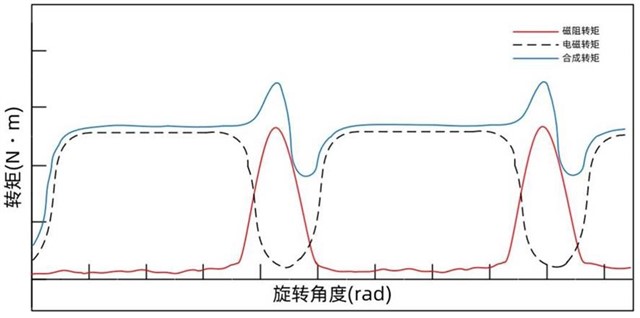Other Parts Discussed in Thread: TIDA-00875, DRV8870
HI,
I have read the reference design TIDA-00875.
And I have used the DRV8870 to drive the single-phase BLDC.
But I had a problem with the motor starting itself in certain positions and not in certain positions 。
Does this reference design TIDA-00875 have the same problem, and how does it cause it?



